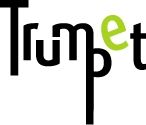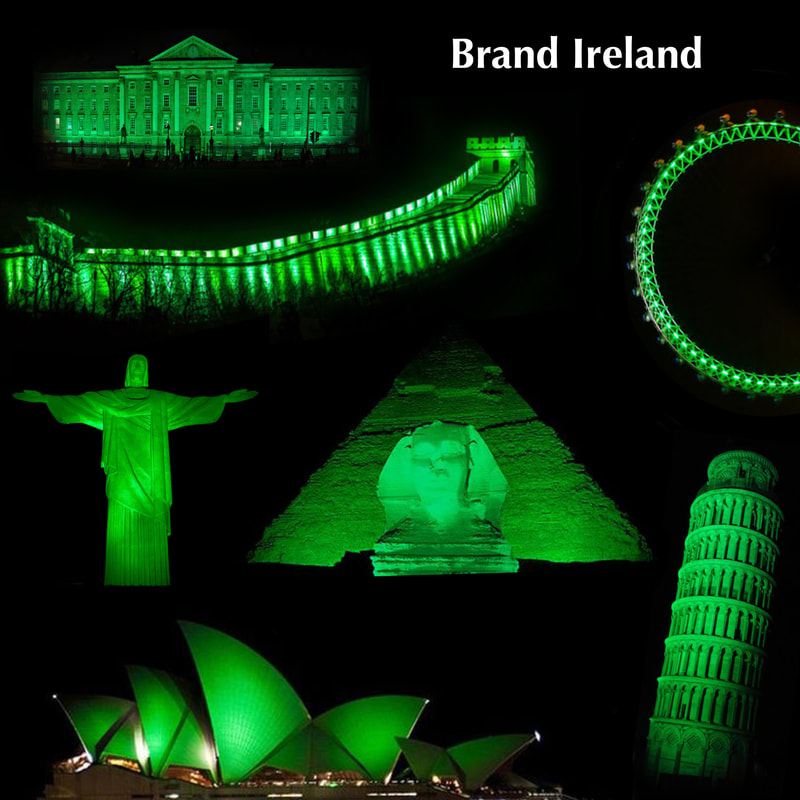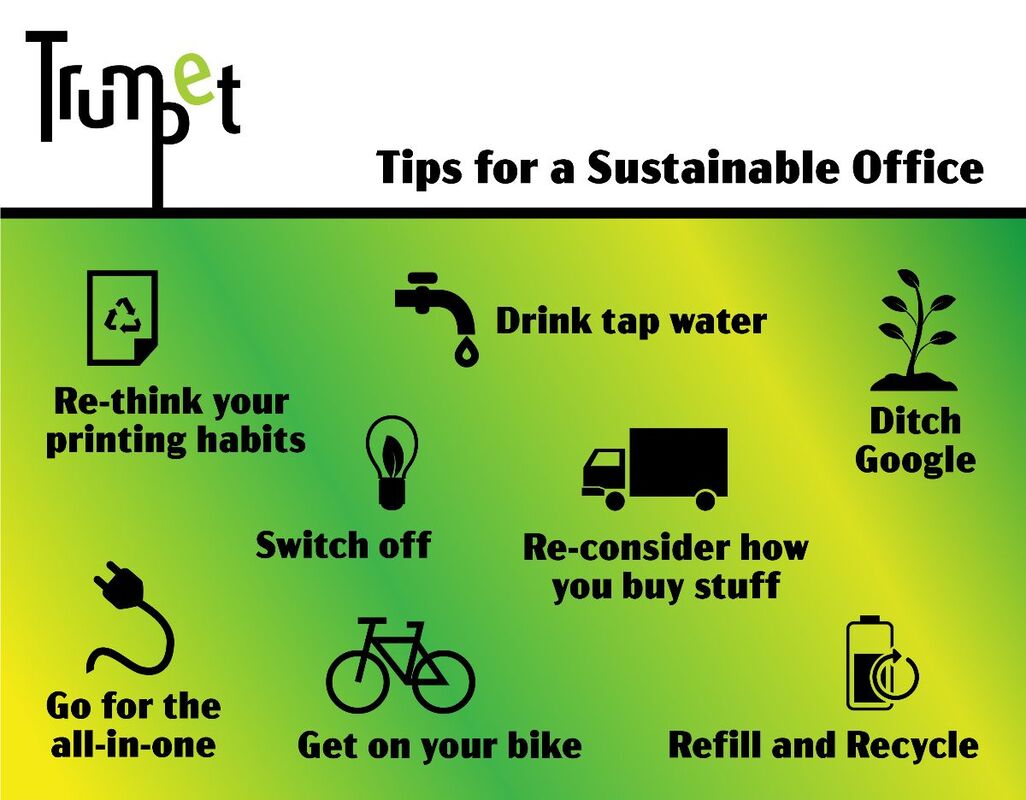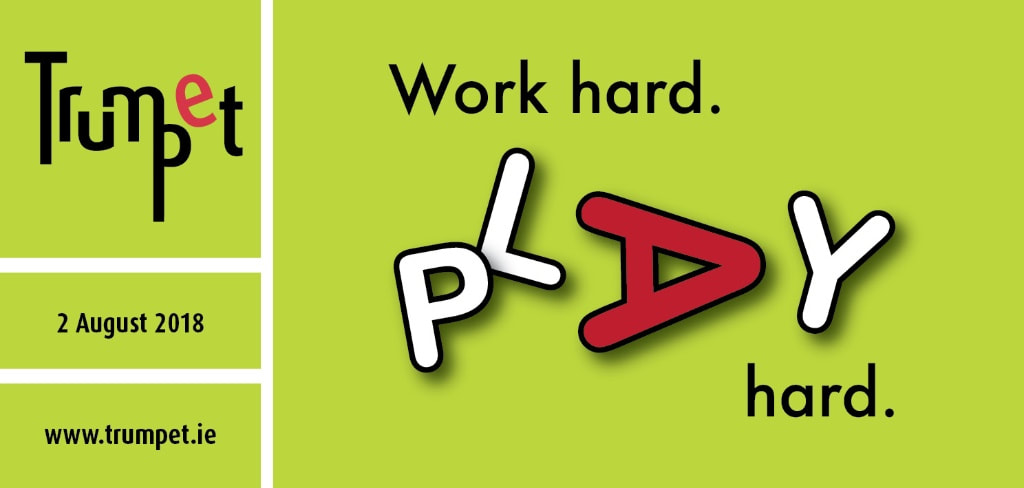A number of well-known leaders such as Elon Musk (Tesla and Twitter) and Steve Wozniak (Apple) have signed an open letter published by the nonprofit Future of Life Institute, calling on AI labs around the world to pause development of large-scale AI systems, citing fears over the "profound risks to society and humanity" they claim this software poses.
The beautiful photograph is by German artist Boris Eldagsen and he won a Sony world photography award for it. However he is declining the award and says the photograph was designed to provoke debate. Well he got my vote. About the debate. What are your thoughts on this? Have you ever wondered why some people are more persuasive than others? Why some people can get others to do what they want, while others struggle to get their message across?
I think it is because they know the secret to persuasive communication. They know the power of the word “because.” When we hear the word “because,” our brains expect to hear a reason, and we are more likely to comply with the request or a directive as a result. This is because our brains are wired to seek out justifications for actions. So whether you’re asking for a favor, making a request, or trying to persuade someone to see things your way, use the word “because”. It can make a big difference! Here’s some old research from Harvard (conducted by Ellen Langer in 1978) to back me up: www.psychologytoday.com How did this happen? We’re almost at the end of September and I haven’t written a blog post in ages... Sure there’s been a lot going on but that’s normal, so why has it taken me until now to sit down and write and what’s worse; no topic comes to mind! What, what, what to write about with all the noise already out there?
Hmmmmmmm, okay, do you know about the magic that is TK? TK is a great tool for writers. It’s an editing mark that stands for 'to come' and it indicates that information will be inserted later. It lets you sustain your momentum while writing. You’re in the flow and the last think you want is to waste time adding details. That’s work for a 'slow day'. The purpose of TK is that there is only one or two proper words in the English language that contain these two letters juxtaposed in this way, making it easy to search your written work in order to fill the missing gaps before you share your work. Ever since I started using computers I have loved the ‘undo’ button. And there’s been plenty of times I wished I could use this ‘undo’ in real life too. Well I can’t. Nor can you. But at least there’s TK. “Do not stop and wait for everything to be perfect before you proceed.” That is the magic of TK. And that’s how I ended up posting this! The Global Greening began in 2010 when the Sydney Opera House and the Sky Tower in Auckland went green. Last year almost 700 iconic landmarks in over 60 countries partook. This year, I hope to see all these buildings in blue and yellow instead.
I do not in any way mean to be flippant about this but as words do not seem to register with Putin, perhaps if he got a glimpse of the whole wide world in the Ukrainian (украї́нська мо́ва) colours, there could be some hope? Naive I might be.... but here’s the biggest BEST OF LUCK to all involved with making this happen! Brand Ireland More than 70 million people around the world claim links to Ireland but St. Patrick himself wasn’t even Irish! He was thought to have come from either Wales or Scotland, where he was abducted at the age of 16 and brought to Northern Ireland as a slave to herd sheep. But as he escaped, he had a vision and returned to Ireland to spread the word of Christianity. He remained in Ireland for the rest of his life, preaching, baptising and building churches. Thanks to an Irish Franciscan friar from Waterford named Luke Wadding (born in 1558) who invented St. Patrick’s Day we now celebrate St. Patrick’s Day to mark St. Patrick’s death (in 461 in County Down). Celebrating? It’s not easy to get into a festivities mode at the moment but browsing this site might help? https://stpatricksfestival.ie Whatever you get up to...... Here’s wishing you all a very good St. Patrick’s Day. I don’t know about you but I seem to have this constant feeling of eco-guilt. My two teenagers remind me constantly that my generation have a lot to answer for. It’s not a great feeling at all, but they are right. However, instead of panicking, I have committed to new and more eco-friendly habits.
Here’s the most office related ones. I am sure you are doing most of this already, but I reckon we can all do with a little reminder every now and again... How to make your office more sustainable. Get on your bike. A lot of us have been working at home since the pandemic but if you are back to commuting and if at all possible, especially now in the summer with less heavy rain, try cycling. Not only is it good for the environment, it is great exercise as well. Rethink your printing habits. Print as little as possible! If printing is unavoidable, set photocopiers and printers to single copies and print double-sided. Use recycled eco-paper and eco-conscious ink cartridges. Ditch Google. I have been using a search engine called Ecosia for several years and with each click I make I help them to plant trees. Another one I just heard about is called Panda Search and they are all about protecting the rainforest. Google receives billions of search queries every single day so they can do without your business. Go for the All-in-one. Choose multi-functional devices, such as all-in-one printers that can print, copy and scan documents. Such devices use much less energy than individual machines and if it has an energy saving setting, make sure it’s active. Look for energy-saving certifications when purchasing new equipment. Re-consider how you buy stuff. Minimise the number of small, inefficient orders you place. This cuts back on excess packaging and transport emissions and it also saves you time. Buy eco-conscious products or even better: Buy second-hand. Most refurbished electronics comes with at least a one-year warranty after purchase. As for furniture, your office would look funky with a pre-loved chair, desk or both. Drink tap water. I think we all know at this stage that plastic bottles is a total no-no. But if you are not a fan of water straight from the tap, despite the fact that it is tested for more harmful substances than fancy mineral and spring water, invest in a filter jug or a soda stream. Switch off. Try to use natural daylight as much as possible. My computer automatically goes to sleep when I’m away from my desk which helps a bit. However, because computers left on standby still consume more power as when in use, it should ideally be shut down properly when you’re done for the day. And don’t forget to turn off the lights. All of them. Refill and Recycle. If you use refills you will dramatically reduce your office’s carbon footprint. Refillable pens, refillable inks, refillable soap.... Rethink what you can reuse. And when you need to dispose of stuff, of course you’ll recycle as much as possible. Whatever we can do to ease the strain on landfills, let’s do it! Winston Churchill, Albert Einstein and Salvador Dali were all great believers in the power nap. And so am I;-)
A mid-afternoon nap of just 10 to 20 minutes will improve your alertness, creativity and performance. Anything longer, might “enslave” you with laziness for the rest of the afternoon. (Salvador Dali’s words, not mine.) Because of the natural cycles of our circadian rhythms, we are at our most tired twice during a 24-hour period. For most of us the peak of sleepiness is in the middle of the night and in the middle of the afternoon. In other words, the dreaded mid-afternoon slump is part of human nature! So rather than fighting it off with tea, coke or coffee, try a short nap to refresh your brain before taking on the afternoon. How to Nap? Things you can do to relax: Turn off your phone. Set an alarm for half an hour so that that you know you won’t fall asleep for hours. Set your napping space up with as little light as possible and use ear plugs to help tune out disruptions. Keep warm with a blanket. If you have the time you can try to read something relaxing (or boring!) for 10 minutes first. I am still new at this and I do not manage to nod off as often as I’d like, depsite following the above tricks. It doesn’t really matter too much though, as the short break gives me energy regardless. Practise is key. Figuring out what works for you can take a while. Try to experiment with different times of the day and different nap lengths. Napping at Work Winston Churchill would take a two-hour nap every day at 5 p.m. He said this allowed him to get 1 1/2 days’ worth of work done every 24 hours. Google, Mercedes-Benz and NASA are all companies that believe in the power of napping. As the Vice President of Google, David Radcliffe says: No workplace is complete without a nap pod. That nap pod can be any space, really. If you’re self-employed you can use your sofa, as I do. A parked car or the office loo are both nap pods that friends of mine swear by. And if your boss is not too happy about it? Well, if he or she needs to know you can always show this blog with my convincing argument that you work more efficiently afterwards! Good luck and thanks for reading. Why is it that as soon as we reach adulthood, it’s time to get serious? Why is that our society looks at play as something just children can do? And why in the world should having a laugh make you feel guilty?
Well, this blog will hopefully change your mind about this if you don’t agree with me already, as I would like to prove to you the many benefits of play. Why taking a break from the seriousness of life is one of the best things you can do for your career. Triggers innovative thinking When the project you’re working on hits a wall, take a pause for play. This does a lot more than take your mind off the problem. When you play, you engage the creative side of your brain instead of your “work modus inner critic” that censors too many of your thoughts and ideas. This can help you see the problem in a new way and you will most likely be able to think up a very different solution. Boosts productivity Playing at work refreshes your mind and body. This gives you energy, both mentally and physically and you will do your work more efficiently. Encourages teamwork Companies that encourage play and creativity at work find that coworkers’ bonds are stronger and the workplace morale is higher. Prevents burnout Success at work doesn’t depend on the amount of time you work; it depends upon the quality of your work. And the quality of your work is heavily influenced by how you feel. When you play, your body release endorphins and this feel-good chemical helps boost your sense of well-being and makes you more able to cope with anything stressful. It’s never too late to develop your playful side. Play brings joy. But I’m not talking about playing on your smartphone! As a JOMO advocate it’s all about the joy of missing out on all things digital. So. Set aside your inhibitions and try something fun, something you haven’t done since you were a kid. Be spontaneous! Do a silly dance, play with a pet, or tell a joke. Or if you work in a big office, perhaps you could play Musical Chairs or Charades? Or Darts? Or Table Tennis? Anything that is purposeless and fun, go for it. I do. Often. Too often according to my teenage daughter and although she doesn’t approve of it I intend to continue! |
Browse the categories below to read about all things branding.
All
|
- About
-
Portfolio
- Wicklows Historic Gaol
- INDI and NNA
- ONMSD
- HSE
- NU
- Dún Laoghaire-Rahdown County Council
- PacSana
- Saint John of God
- Origina
- End of Life Ireland
- Yes Dynamic
- Park Pets
- Matt Jones
- TEDx
- Naturally Cordial
- Flanagan Kerins
- HSCPA
- Wilfield
- Mandals Advokatene
- Gourmet Chef
- Dalkey Tidy Town
- Tax Advice
- Association Innovation
- 360me
- McKeon Homes
- Clinical Leadership Competency Framework
- Blue Rock Environmental
- Testimonials
- Contact
- BLOG







